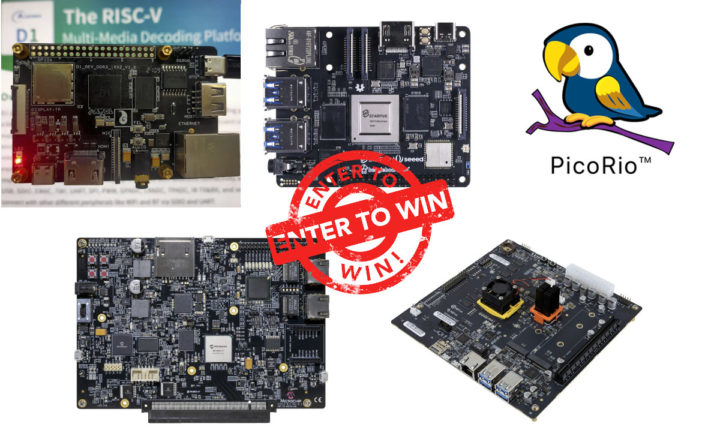The best way for a new platform to get good software support is to bring hardware into the hands of developers. That’s exactly what RISC-V International is doing by inviting developers to sign up for a RISC-V developer board sponsored by RISC-V and contributing members.
There are 1,000 boards on offer with 1GB to 16GB RAM depending on the target project from five companies and organizations namely Allwinner, Beagleboard.org, SiFive, Microchip Technology (previously Microsemi), and RIOS.
Here are the stated goals of the giveaway:
- Spur innovation
- Enable new opportunities for the next generation of developers to work with the RISC-V ISA
- Provide a platform
- For testing
- To write programs that run on RISC-V
- Develop software
- Integrate existing software stacks
- Optimize ecosystem software
- Share feedback on the product such as ease to integrate software stacks, develop and test extensions, etc.
The company did not provide an exact list of development board but it should include Allwinner D1 SBC (1GB RAM), the upcoming low-cost PicoRio board, BeagleV development board with 4 to 8GB RAM, PolarFire SoC Icicle RISC-V board with penta–core RISC-V CPU and FPGA fabric (2GB RAM), as well as SiFive Unmatched mini-ITX motherboard with 16GB memory. All those boards are suitable for Linux and BSD development, it’s possible other boards will be offered as the goal is to distribute the free RISC-V development boards by June 2022.
If you want to apply, you can fill out your contact details and project information on a Google form. Membership status is asked, but the initiative is also open to non-members, although it’s not impossible members will get priority, as well as those part of an academic project.

Jean-Luc started CNX Software in 2010 as a part-time endeavor, before quitting his job as a software engineering manager, and starting to write daily news, and reviews full time later in 2011.
Support CNX Software! Donate via cryptocurrencies, become a Patron on Patreon, or purchase goods on Amazon or Aliexpress





